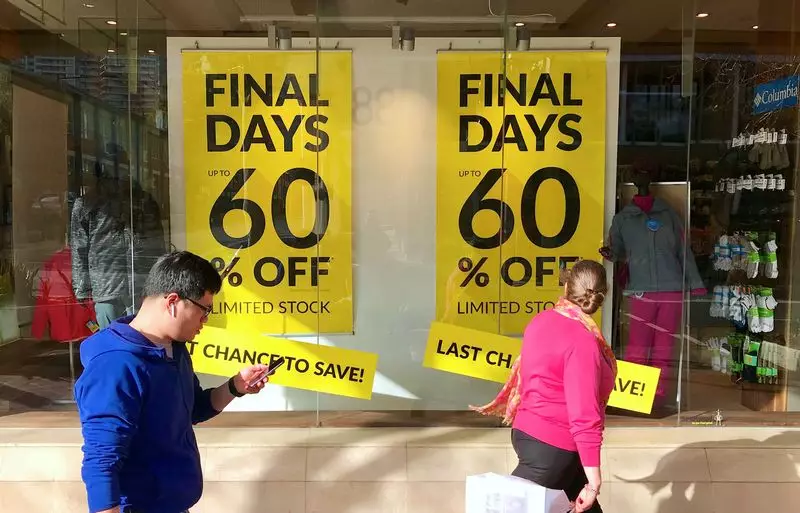October marked a significant moment for Australian retail, as sales rose for the third consecutive month, reflecting a positive shift in consumer behavior. According to the Australian Bureau of Statistics (ABS), retail sales surged by 0.6% in October, building on a modest 0.1% increase from September. This uptick exceeded analysts’ expectations, which had predicted a more conservative gain of just 0.4%. This robust sales performance indicates a growing confidence among consumers, bolstered by recent tax cuts that are being funneled into disposable income.
Importantly, this increase in sales translates into an annual growth rate of 3.4%, reaching A$36.7 billion (approximately $23.9 billion). Retailers have indeed responded to the marketplace dynamics, with many implementing early discounting strategies in anticipation of the forthcoming Black Friday events. As Robert Ewing, the head of business statistics at ABS, pointed out, there was a noticeable rise in discretionary spending, particularly through online channels, where consumers sought significant bargains, particularly on electronics.
The recent tax cuts, coupled with a slowdown in inflation, have positively impacted consumer sentiment—the latter jumping to a two-and-a-half-year high in November. This improvement in consumer outlook is pivotal, especially for a nation where household spending plays a crucial role in driving economic growth. The Reserve Bank of Australia (RBA) has held interest rates steady at 4.35% for an extended period, reflecting an environment where there are no immediate plans for rate cuts. Analysts have underscored the resilience of Australia’s labor market as a key reason for this decision, suggesting the central bank is mindful of maintaining stability in the financial system.
In light of these developments, Tapas Strickland from the National Australia Bank (NAB) noted that the risk to consumption had lessened considerably. With a stable economic backdrop, there is an observable reluctance from the RBA to implement loose monetary policies averse to enduring services inflation. Expectations for future retail sales remain high, with NAB forecasting continued strong performance in November thanks to the momentum built in preceding months.
However, not all indicators are pointing towards unfettered growth. While retail sales are improving, challenges remain, particularly with inventory levels that are indicative of broader economic health. The third quarter data showed that inventory gains acted as a drag on economic performance, a concern that policymakers must navigate carefully. Yet, on a brighter note, contributions from net exports suggest that, despite these challenges, economic growth in Australia is likely to have gained traction.
ANZ is predicting that economic growth will reach a promising 0.5% on a quarterly basis for the third quarter, signaling a rebound from more subdued growth rates of previous quarters. This projection is underpinned by expectations of a surge in household incomes due to the tax reliefs that came into effect in July, highlighting how fiscal policy can significantly impact consumer dynamics.
Looking ahead, markets seem to foresee minimal chances of a rate cut at the RBA’s next meeting scheduled for December 10, hinting that a contraction of monetary policy is not imminent. Analysts point out that there may only be a 24% likelihood of a rate decrease in February, suggesting it may take until May next year for such a measure to be fully priced in. The decision to hold the line on interest rates comes from an understanding that the strength of economic recovery remains crucial in determining future monetary policies.
Australia’s retail sector seems to be finding its footing once again, bolstered by tax cuts and a positive consumer sentiment. However, the interplay between consumer spending, interest rates, and economic metrics like inventory levels will continue to define the nation’s economic landscape. As analysts and policymakers watch closely, the trajectory of this retail resurgence will be fundamental in shaping Australia’s economic future in the months ahead.

